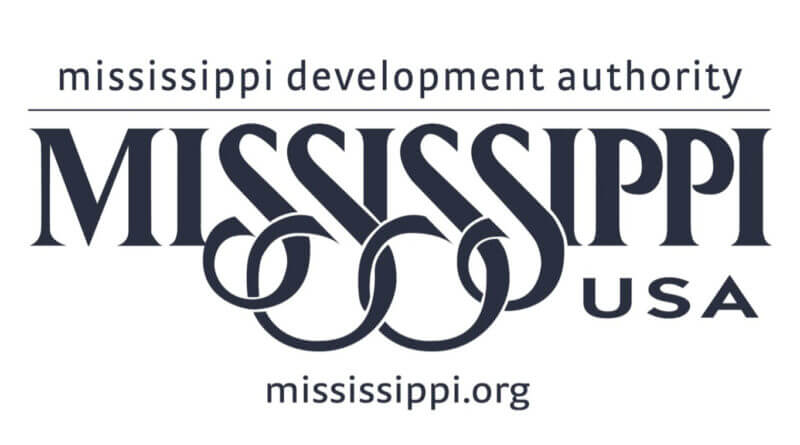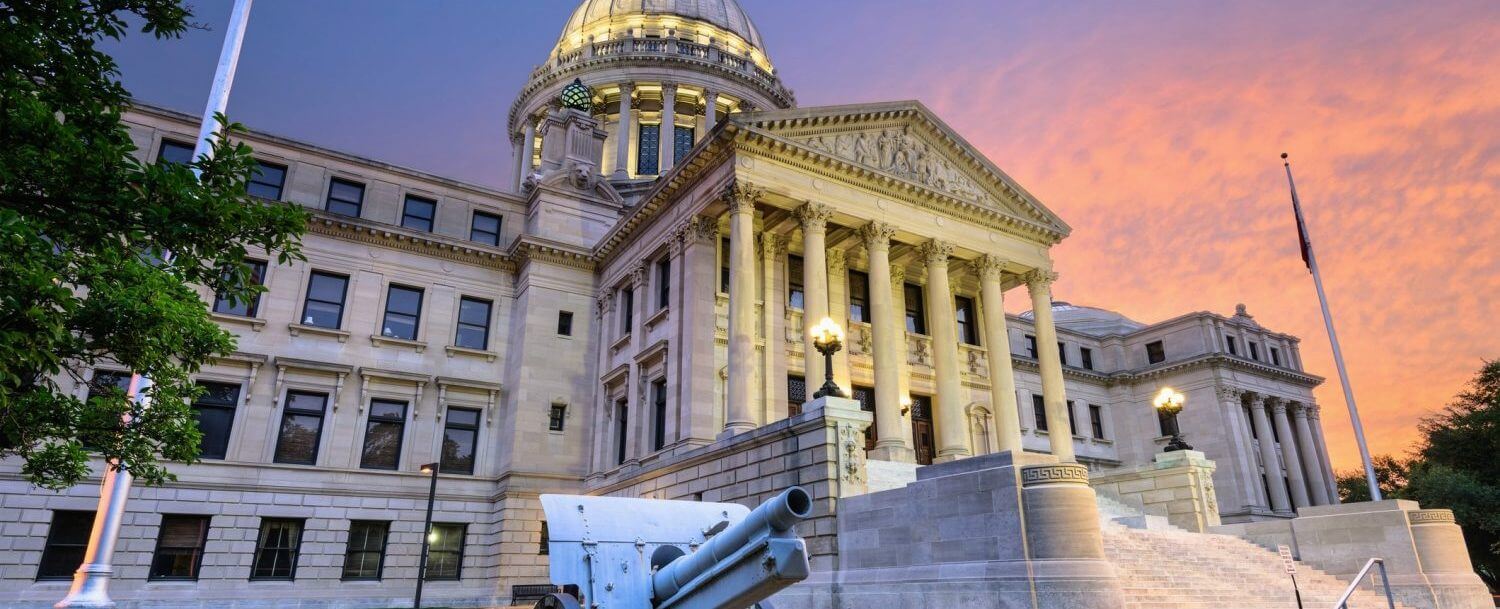DOE funding to strengthen and modernize critical infrastructure
The Mississippi Development Authority will partner with local utilities to enhance the strength of the state’s electricity grid thanks to a $12 million Grid Resilience State and Tribal Formula Grant from the U.S. Department of Energy. The funds will modernize the electric grid and reduce impacts due to extreme weather and natural disasters. Grid Resilience State and Tribal Formula Grants aim to ensure the reliability of power sector infrastructure so that communities have access to affordable, reliable, clean electricity.
“The Mississippi Development Authority is proud to announce that Mississippi has been awarded grant funds from the Department of Energy to spearhead the transformation of our electric grid,” said MDA Deputy Executive Director Laura Hipp. “This substantial investment will empower our state to not only modernize our infrastructure but also fortify it against the challenges posed by extreme weather events.”
MDA’s Energy and Natural Resources Division will award subgrants through a competitive process to electric utilities in the state for eligible activities, technologies, equipment and hardening measures designed to reduce the likelihood and consequences of disruptive events. Eligible activities include weatherization technologies and equipment, vegetation and fuel load management, fire-resistant technologies, monitoring and control technologies and hardening of power lines.
“The Grid Resilience Formula Grants will enable communities in Mississippi to protect households and businesses from blackouts or power shutdowns during extreme weather,” said Maria Robinson, Director, Grid Deployment Office, U.S. Department of Energy. “Projects selected through this program will benefit communities by creating good-paying jobs to deliver clean, affordable and reliable energy across the country.”
Funded through the Bipartisan Infrastructure Law and administered by DOE’s Grid Deployment Office, the Grid Resilience State and Tribal Formula Grants distribute funding to states, territories and federally recognized Indian Tribes, including Alaska Native Regional Corporations and Alaska Native Village Corporations, over five years based on a formula that includes factors such as population size, land area, probability and severity of disruptive events and a locality’s historical expenditures on mitigation efforts. Priority will be given to projects that generate the greatest community benefit providing clean, affordable and reliable energy.






